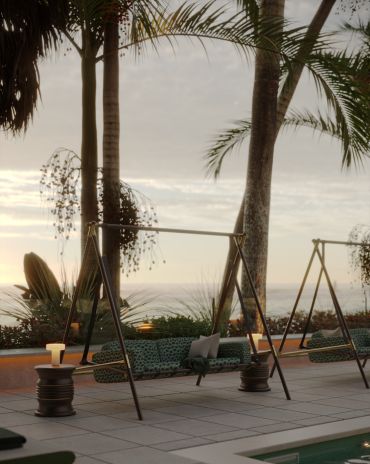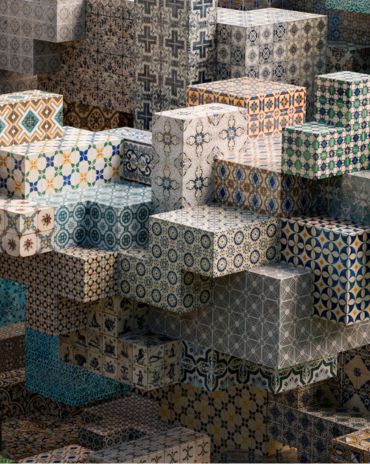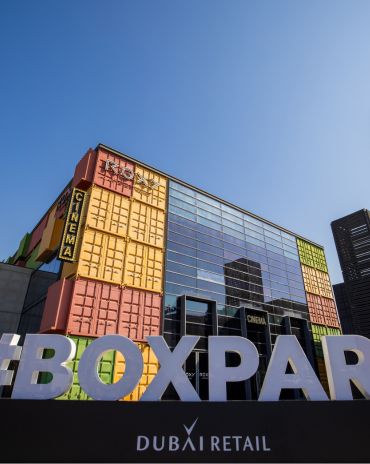Copyright © 2025 Motivate Media Group. All rights reserved.
The Design behind Diriyah Art Futures
Designed by Schiattarella Associati, Diriyah Art Futures ushers Saudi Arabia’s architectural heritage into a digital future

Emerging from the desertscape, Diriyah Art Futures is a pioneering destination dedicated to public engagement with new media, particularly digital arts. Spanning 12,000 square metres, it serves as an exhibition space and a hub for ateliers, research labs, education and artist residencies, welcoming both local and international creatives. What is particularly striking about this project is its juxtaposition of a future-facing concept with the historical and cultural backdrop of Diriyah, a mud-brick city rooted in Saudi Arabia’s aesthetic traditions. Situated next to At-Turaif – the ancient capital of Najd and a UNESCO World Heritage site, often regarded as one of the most significant archaeological sites of the Arabian Peninsula – Diriyah Art Futures translates the values of Najdi architecture into a modern visual language.
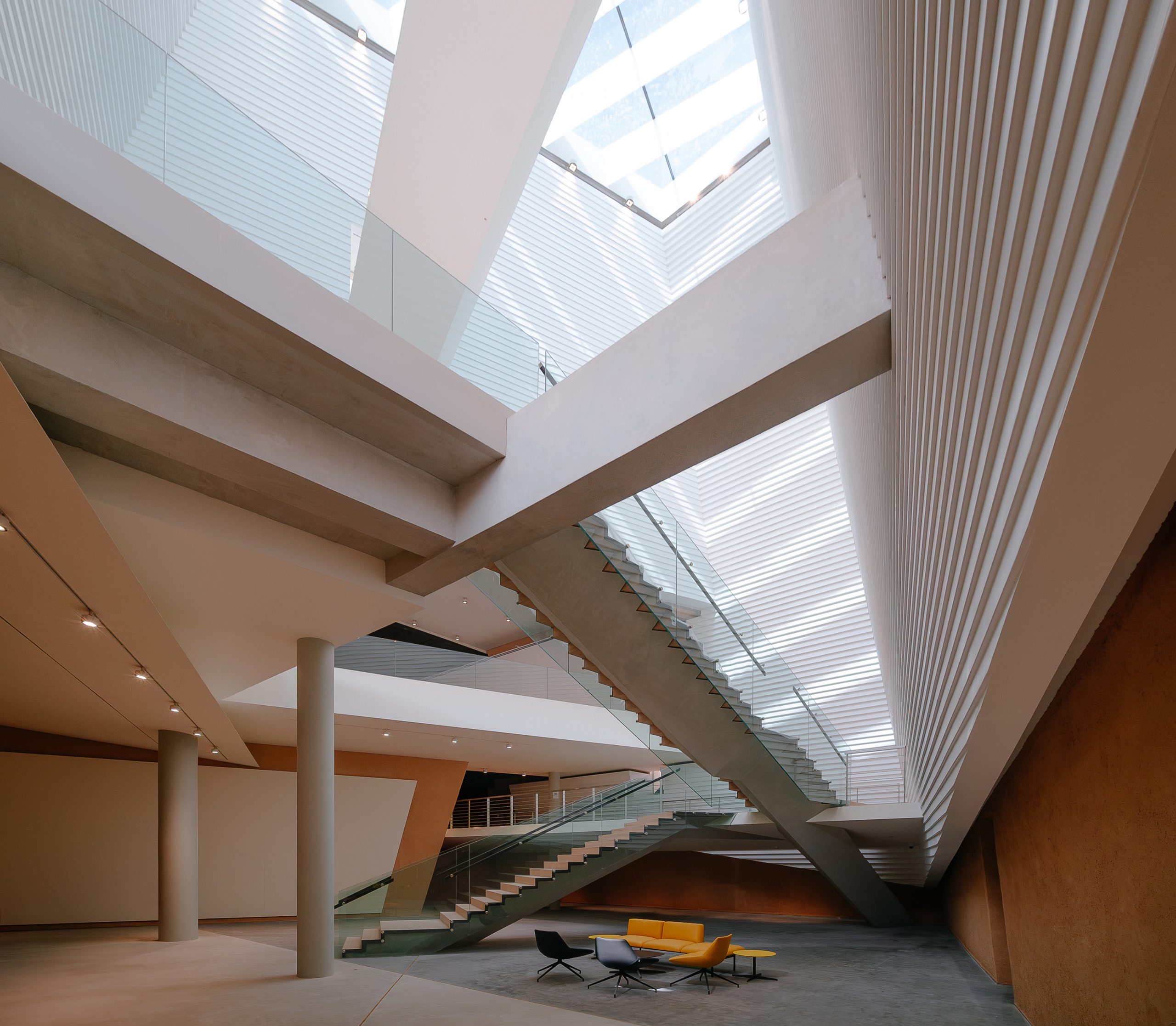
For Schiattarella Associati, the challenge was to honour the historical significance of the site while establishing Diriyah Art Futures as a forward-thinking cultural hub. “We embraced the challenge of creating a new human dimension in a territory layered with history,” explains Andrea Schiattarella, CEO of Schiattarella Associati. He emphasises the importance of not only responding to the physical environment but also creating a dialogue with the site’s memory, ensuring that the architecture resonates with both tradition and innovation. “Digital art demands that the relationship between container and content is elevated,” Schiattarella continues. While the museum has always been both a host and a narrator of its content with digital art, the container itself now becomes an active participant in the experience. “Digital art evokes estrangement, excitement and engagement,” he says. “The building must reflect these qualities, offering itself as an open palimpsest [that is] rich with exhibition possibilities.”
The resulting structure seems to rise naturally from the earth. Perched atop a cliff overlooking a wadi, the centre’s angular lines contrast with the soft, undulating curves of the desert. Its material palette – locally sourced stone, raw earth and mud plaster – evokes the architectural traditions of Najd and the broader desert vernacular. A façade of full-length cut glass reflects the surrounding landscape, filtering and refracting light and shadow in a way that echoes the natural rhythms of the desert, creating a dynamic visual effect. Diriyah Art Futures occupies a space between two contrasting elements: the region’s historic core, with its narrow streets and low-rise buildings, and expansive agricultural land. One of the key objectives, according to Schiattarella, was to restore continuity between the wadi and the upper cliff, merging the agricultural landscape with urban living. “We conceived a complex, rather than a single building, to minimise the architecture’s impact on the natural environment,” he notes. The spaces between the structures evoke the intimacy of ancient dwellings, with winding streets and compact squares that invite exploration and social connection.
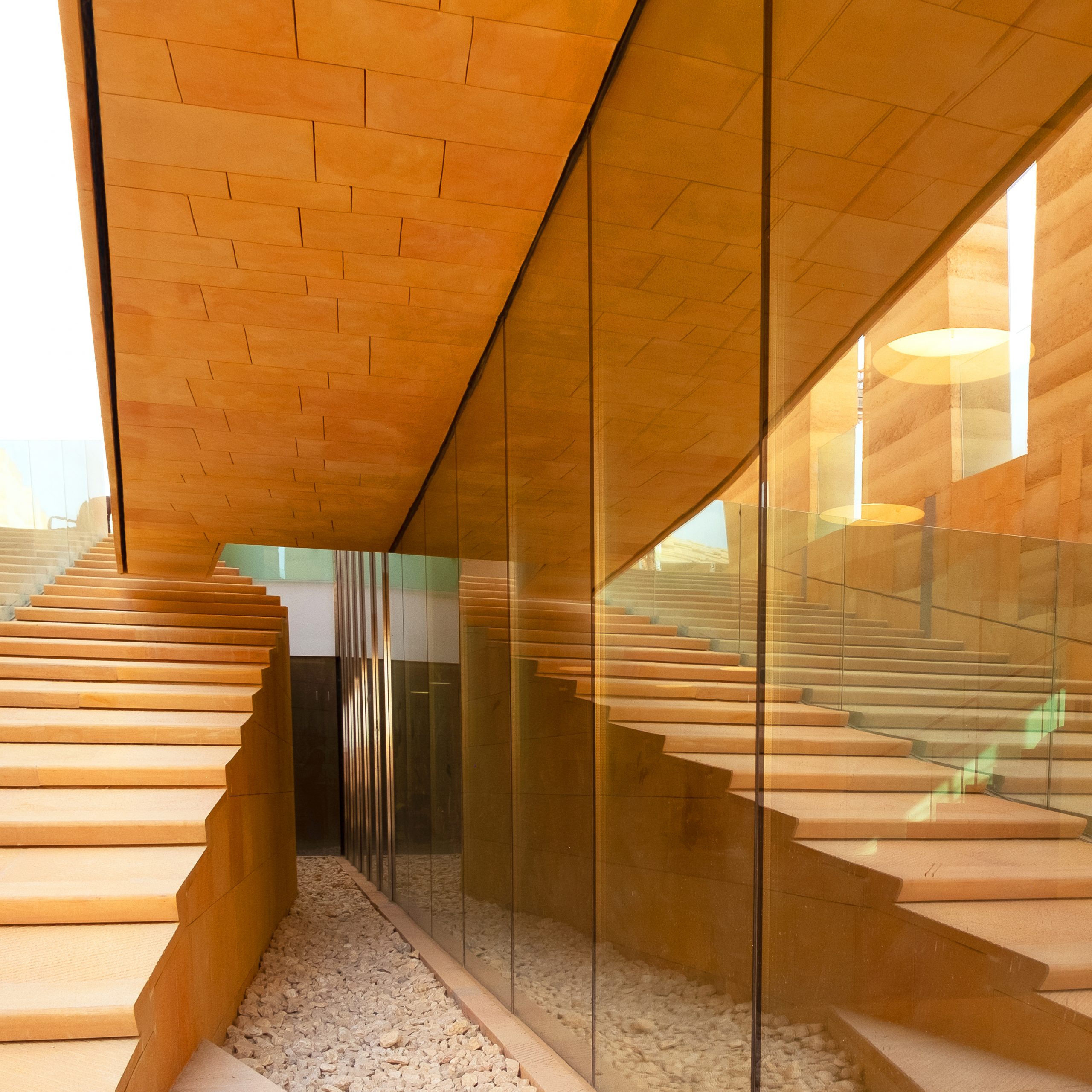
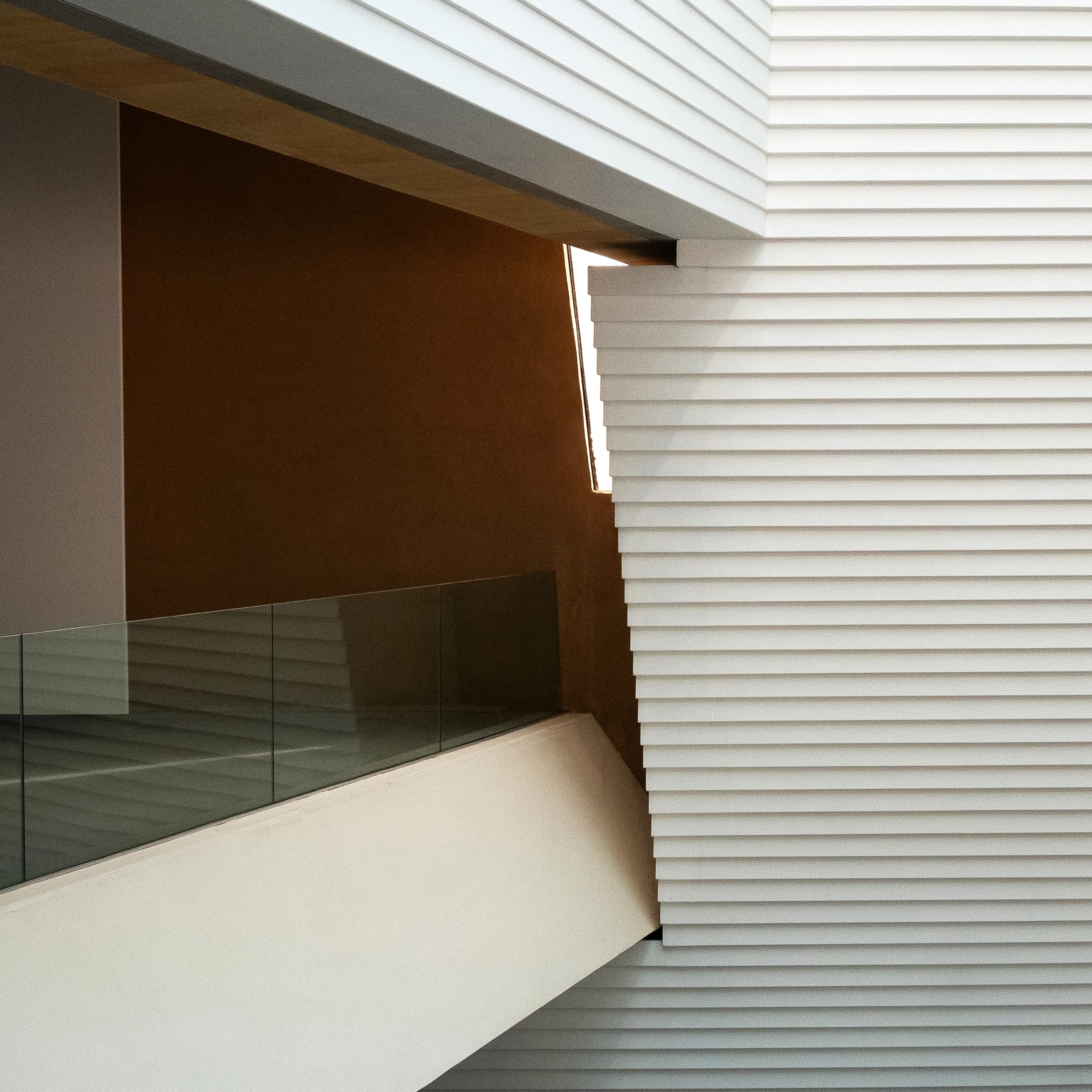
Sustainability was a guiding principle for the design. Shaded areas encourage natural airflow, lowering temperatures between the buildings and protecting pedestrians from the intensity of the desert sun – echoing the wind tunnels of traditional Arabian architecture. This nod to the past is balanced by state-of-the-art features, including a geothermal cooling system, solar-optimised design and a rainwater collection and reuse system. The project has also prioritised cultural preservation. “As architects, we have a great responsibility today,” says Schiattarella. “Globalisation is flattening cityscapes and architectural languages. Our challenge is to depart from the value of cultural diversity. For us, this meant experimenting with architecture that moves beyond shapes and signs, from tradition to the essence of local culture, transforming it into contemporary meanings.”
As a centre for digital art, research, innovation and education, Diriyah Art Futures exemplifies how modern architecture can engage both cultural memory and forward-facing vision. More than just an architectural landmark in Saudi Arabia’s rapidly evolving built environment, it forms a site where tradition and innovation can converse.
Read more architecture features here.
The Latest
Maison Aimée Opens Its New Flagship Showroom
The Dubai-based design house opens its new showroom at the Kia building in Al Quoz.
Crafting Heritage: David and Nicolas on Abu Dhabi’s Equestrian Spaces
Inside the philosophy, collaboration, and vision behind the Equestrian Library and Saddle Workshop.
Contemporary Sensibilities, Historical Context
Mario Tsai takes us behind the making of his iconic piece – the Pagoda
Nebras Aljoaib Unveils a Passage Between Light and Stone
Between raw stone and responsive light, Riyadh steps into a space shaped by memory and momentum.
Reviving Heritage
Qasr Bin Kadsa in Baljurashi, Al-Baha, Saudi Arabia will be restored and reimagined as a boutique heritage hotel
Alserkal x Design Miami: A Cultural Bridge for Collectible Design
Alserkal and Design Miami announce one of a kind collaboration.
Minotticucine Opens its First Luxury Kitchen Showroom in Dubai
The brand will showcase its novelties at the Purity showroom in Dubai
Where Design Meets Experience
Fady Friberg has created a space that unites more than 70 brands under one roof, fostering community connection while delivering an experience unlike any other
Read ‘The Winner’s Issue’ – Note from the editor
Read the December issue now.
Art Dubai 2026 – What to Expect
The unveils new sections and global collaborations under new Director Dunja Gottweis.
‘One Nation’ Brings Art to Boxpark
A vibrant tribute to Emirati creativity.
In conversation with Karine Obegi and Mauro Nastri
We caught up with Karine Obegi, CEO of OBEGI Home and Mauro Nastri, Global Export Manager of Italian brand Porada, at their collaborative stand in Downtown Design.












